Do you want to learn more about Retargeting? We offer an overview as well as a seven-step guide to getting started! This post will give you a comprehensive overview of everything retargeting.
What is Retargeting thing that everyone is talking about?
Retargeting allows you to target contacts who have visited your website but did not convert (filling out a form of some sort or completing a transaction). This is accomplished through the use of text and banner adverts on numerous display ad networks throughout the web.
Because about 98% of consumers will leave a site without converting, this is an excellent opportunity to engage with those prospects long after they have left your site.
Assume you go to the Nike website and spend some time looking over a pair of shoes. You decide you don’t want to buy them right now and leave the page. You’re suddenly seeing Nike shoe ads all over the place while surfing the web. That, my friends, is a clear indication that YOU have been targeted in a retargeting campaign.
Quickly, and without boring you with the details, here are the mechanics of how it works.
You add a little snippet of code to your website, which begins tagging every browser that visits it. Your visitor audience list will begin to increase once the code has been successfully installed and is live.
When you have at least 500 prospects in your visiting base, you can begin presenting these prospects advertising while they are surfing other famous websites on the internet.
Also Read:– How to Update WordPress Site Safely?
Okay, I’m ready to get started. So, what’s next?
1. Select a platform
Retargeting platforms other than Google and Bing include AdRoll, Retargeter, Fetchback, and Chango.
2. Insert your pixel code to begin building your audience.
If you already know where your conversion point will be, place your burn pixel there as well. A burn pixel is a code that you insert on your thank you page or the page that a visitor views after converting to your site to stop retargeting that person.
To begin a retargeting campaign, you will need an audience of at least 500 individuals (for Google AdWords and AdRoll platforms), therefore post your pixel on your website’s pages as soon as possible to begin expanding your audience.
3. Specify the audience category you wish to include.
What types of visitors do you want your retargeting campaign to target? If you have many product groups, such as Shoes, Clothing, Electronics, and Housewares, you must choose which sector to include.
You wouldn’t want a prospect who came to your page and searched in the Electronics section to be included in a shoe-specific retargeting campaign.
4. Create your opt-in page and offer.
This is the page that your prospects will be directed to when they click on your retargeting campaign banner advertising (most likely a landing page with a single specific offer). When creating the pullback page, try to be as specific as possible.
It makes no sense to send your prospects back to a landing page promoting a deal on yellow rubber duckies if the audience segment you identified and is targeting is those who have visited your purple and pink polka-dotted porcelain cows (weird analogy, I know, but I like it!).
5. Place your burn pixel (or set up your conversion point(s) in your retargeting software) if you haven’t already.
When a prospect converts, the burn pixel should be placed on the thank you page (submitted a form or completed a transaction).
6. Create your message and banner ad creatives.
Create your message in response to the offer on the pull-back landing page. Create clear and succinct banner ad copy that highlights the value of what the visitor will receive if they click on the ad.
Check for a clear call to action and experiment with several ad variations such as headlines, wording on call to action buttons, graphics, and colour scheme.
7. Click the Go! button.
Turn on your retargeting campaign and keep an eye on it to optimize the banner advertising and click throughs.
Also Read:- 7 Tips for Creating Great Blog Titles for SEO & Readers
Retargeting Benchmarks
We strongly recommend creating a retargeting forecast of what you expect to see with your campaign before you start it up. That way you’ll be drawing a line in the sand to be able to confirm if the campaign was a success or if there are some refinements to be made in order to get the conversions you need.
You can create a forecast starting with your total target audience segment if you have already built it up over time, or the number of expected unique monthly visitors is a good starting point too.
[bctt tweet=”A good average click-through rate we use to benchmark retargeting banner ads is .09% and about a 9% conversion rate once a prospect comes back to your landing page.” username=”1solutionsbiz”]
Also Read:- 9 Link Building Strategies for Bloggers
Don’ts of retargeting
1) Don’t be super creepy:
Make sure to set a frequency cap. The general population is already a little wary of the idea of being followed online. If a prospect has not clicked on your banner ad after 14 times of seeing it, chances are they most likely won’t click on it ever.
Take a tip from the ol’ dating handbook and avoid being overbearing. You might lose them for good if they become annoyed.
This is something you’ll need to monitor and test to see where the ‘creepy threshold’ lies.
It could be different across industries. Are 4 impressions per person enough to get a click? Maybe you need to go higher up to the 10-14 range of impressions per person. Test test test. A good rule of thumb though is to cap the frequency at 3 impressions per day.
2) Don’t Retarget Everyone:
Not all of your website visitors are created equal. For example, you wouldn’t want to send the same message to those who went to your careers page as you would those who went to the request a demo page on your website. This is why segmenting your audience is so important.
3) Don’t Set It and Forget It:
Be sure and monitor your retargeting campaign on a regular basis.Retargeting is one of the least costly ways to run marketing tests such as headlines, offers, imagery, color of CTA button, etc.
It’s important to test out different things to find what works best and optimize your ad creative and placement from what you learn.
4) Don’t Stick to Standard Ad Sizes:
With retargeting, you are bidding against thousands of other advertisers. Fortunately, many are not savvy enough to create banners in multiple sizes. Most only create ads in the basic sizes such as 300×250, 728×90, and 160×60.
So if you create ads in less common sizes such as 468×60, 120×600, and 250×250, then you can win the bidding war more often and thereby pay significantly less for clicks.
5) Don’t Retarget Twice:
Many different companies offer retargeting solutions and, as a result, it can be tempting to use more than one in an effort to achieve scale.
Whatever you do….don’t do it. If we use multiple retargeting vendors at once ( ex: AdRoll and Retargeter), they’ll end up bidding against each other to serve ads to the same site visitors which in turn will drive up the cost of the impressions.
Also Read:- Google’s Helpful Content Update: What You Need To Know
Retargeting is a great way to continue to communicate with your prospects after they have left your site, however if you are not providing information that is relevant to where they are at in the buying cycle (Awareness, Consideration, or Transaction), then you’re never going to be able engage them.



















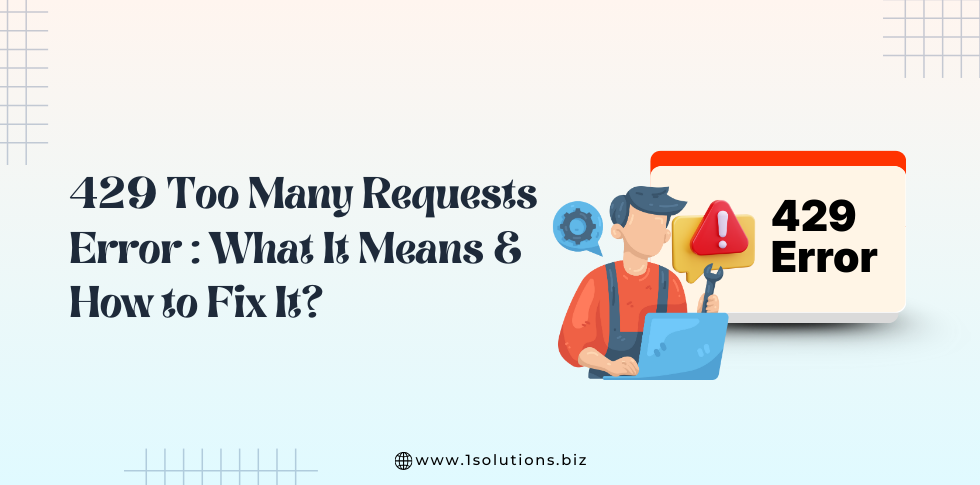
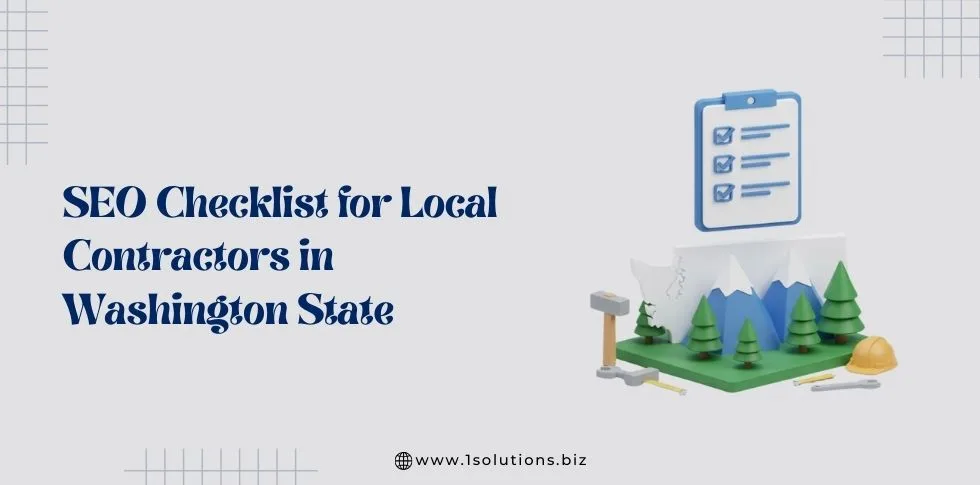
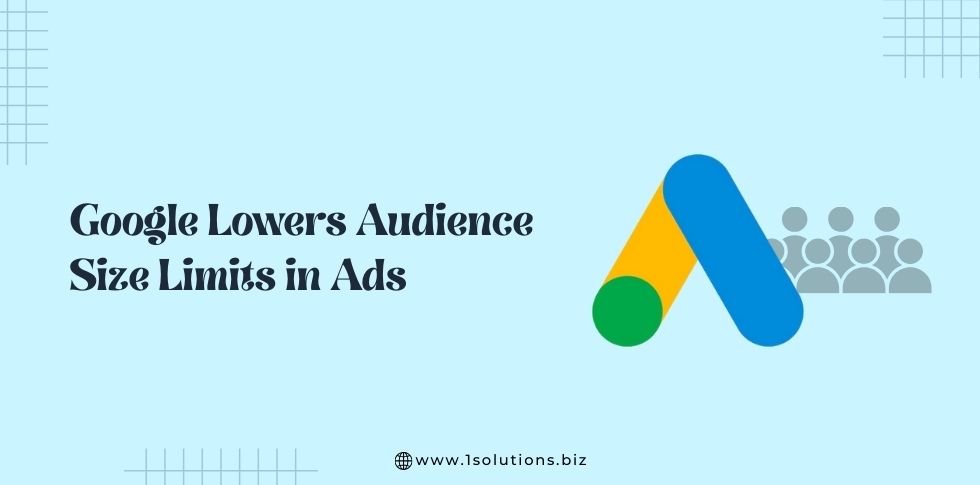


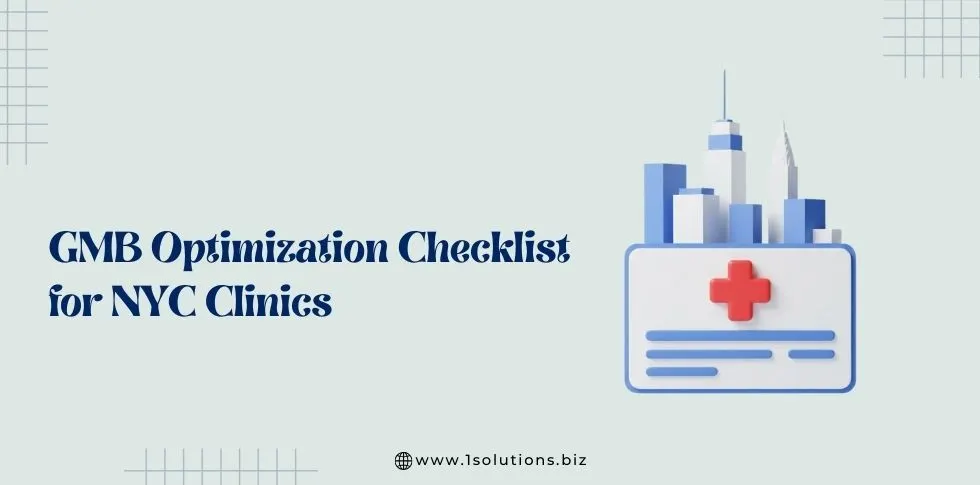

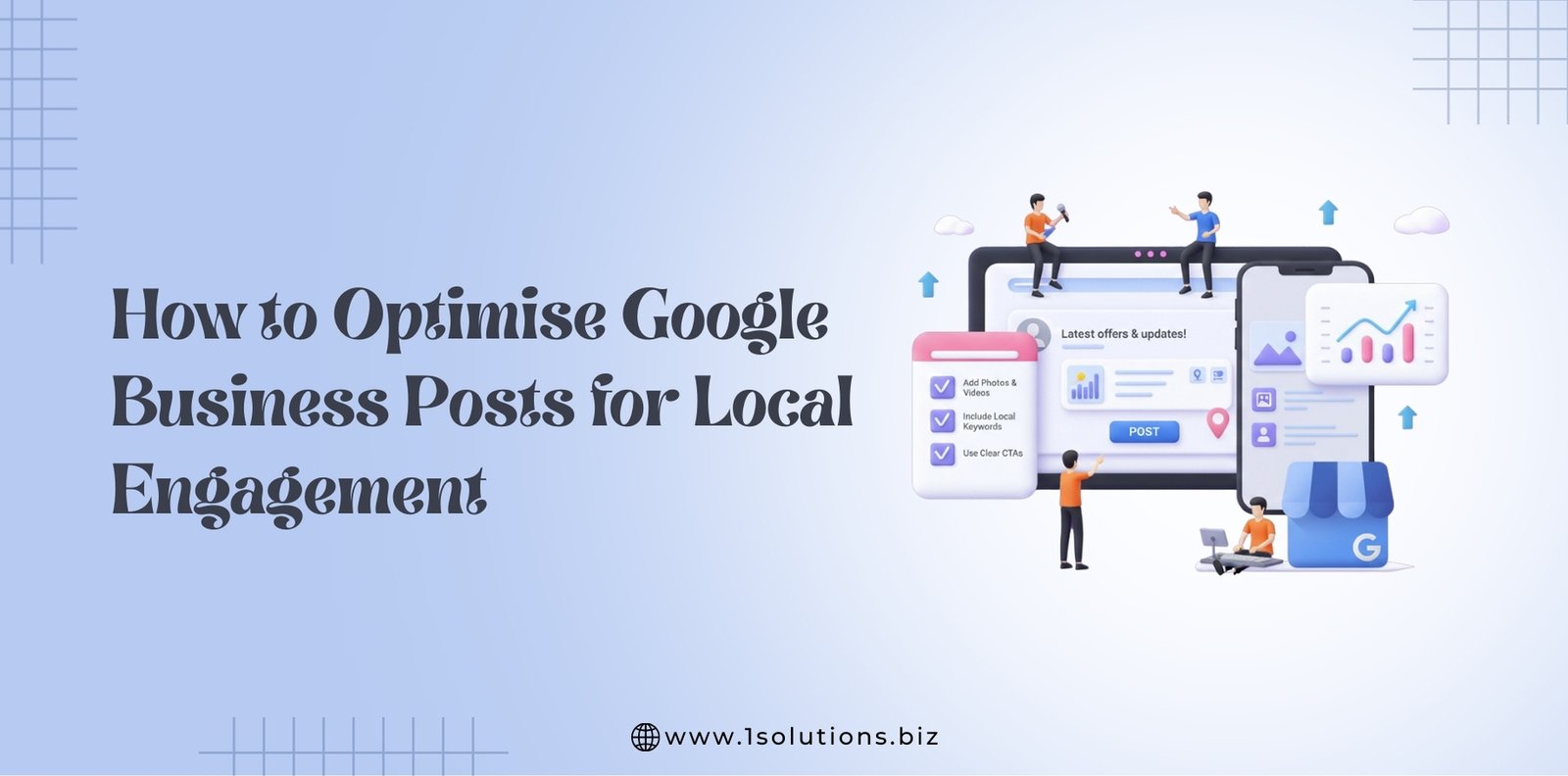




 in India
in India